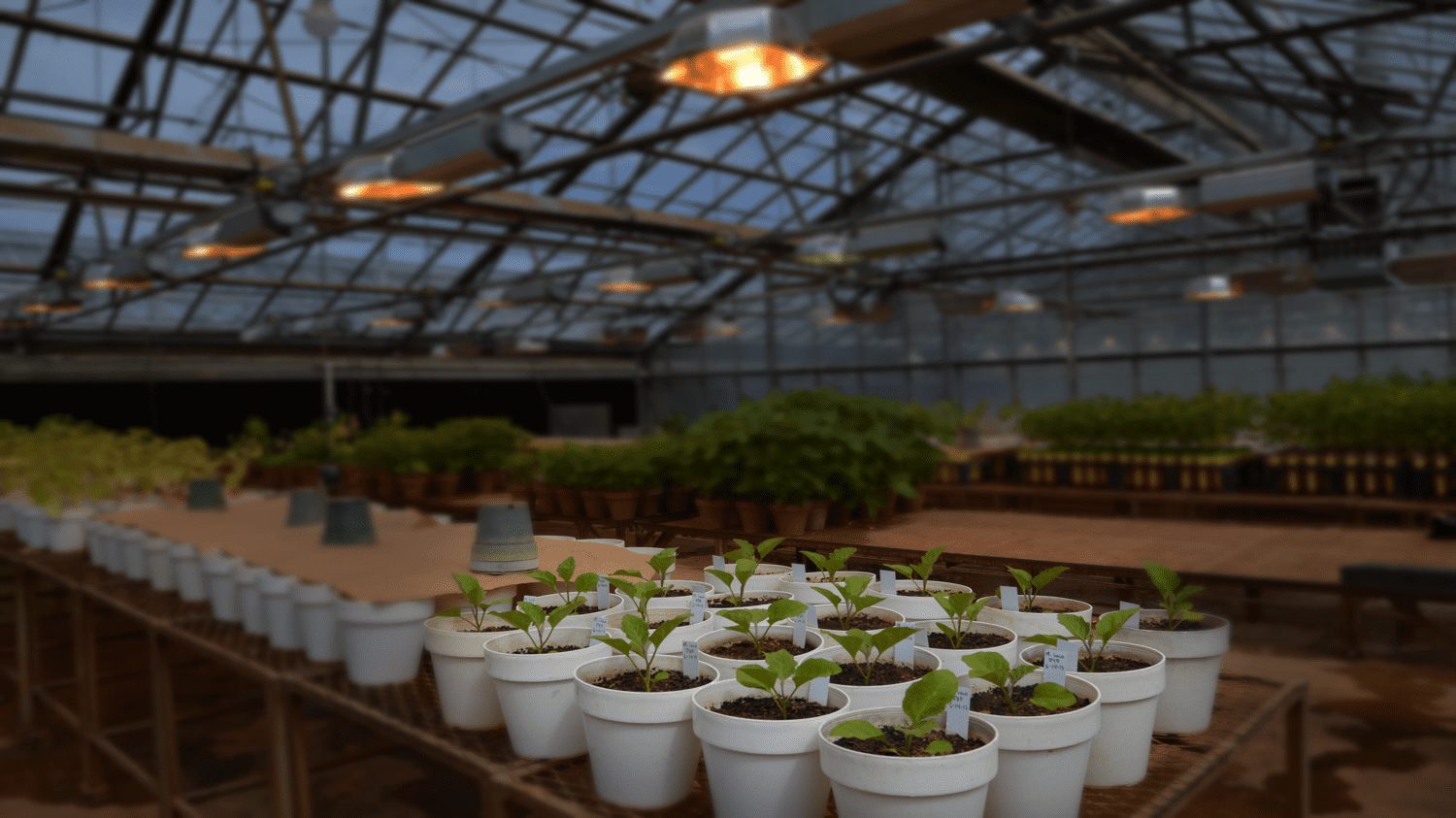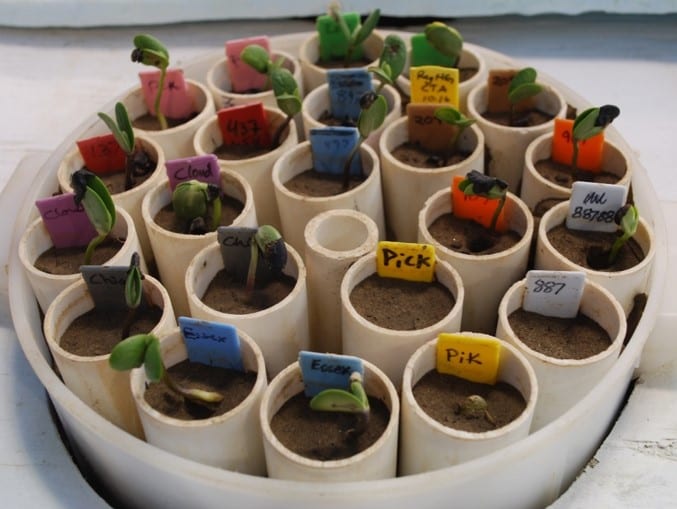Farmers rely on tools like plant breeding innovation to maintain U.S. soy’s global competitive edge, keep up with demand for sustainable soy and meet the needs of the future with fewer resources. These are six commonly asked questions about plant breeding, gene editing and genetically modified organisms.
- What is plant breeding innovation?
Plant breeding involves plant scientists and breeders using methods that work within the genetic makeup of plants’ own families. This results in improved seed that can thrive despite challenges – such as droughts, plant diseases and pests – all while reducing crop inputs. Innovative plant breeding methods, such as gene editing, build on what plant scientists and breeders have been doing for years and allow them to reach the same endpoint more precisely than traditional methods.
- What’s the difference between a plant developed through new plant breeding methods, such as gene editing, and a GMO (genetically modified organism)?
Newer plant breeding methods, like gene editing, can work within the genetic makeup of a plant’s own family to produce a new variety. A GMO is a plant with genetic material from another organism that was introduced using genetic engineering techniques. Both are important tools to deliver improved varieties that enable soybean farmers to produce more with less.
- What is gene editing?
Gene editing is an example of plant breeding innovation that allows plant scientists and breeders to make precise, specific changes to a plant’s DNA using that plant’s own internal processes. Like traditional breeding methods, gene editing allows plant breeders and scientists to develop new varieties without incorporating foreign DNA. CRISPR-Cas9 is one example of a gene editing tool.
- How does plant breeding innovation benefit soybean farmers?
To meet future demands of a growing population while using fewer resources, plant breeding innovation brings more sustainable solutions to the market faster. Plant breeding innovation helps improve farmers’ profit opportunities by lessening the impact of common challenges, like droughts, plant diseases and pests. It also ensures that farmers remain stewards of the land, allowing them to use crop inputs and other natural resources efficiently.
- Will seed varieties developed through plant breeding innovation be regulated?
All foods derived from plants are regulated in the U.S. by the Food and Drug Administration (FDA), and seeds are comprehensively regulated by the U.S. Department of Agriculture (USDA). Global regulatory policies for products of plant breeding innovation are currently under development. In early 2017, USDA published, for public comment, a sweeping proposed rule revising USDA’s biotechnology regulations. That proposal included a section recognizing that some applications of gene editing result in plant varieties that are essentially identical to varieties developed through more traditional breeding methods and treats these varieties accordingly. While USDA indicated they support the general direction of the broader proposal, they decided to withdraw the proposed rule to allow additional time for stakeholder input in late 2017. The issue will likely be discussed again this year.
- Is gene editing technology also used in animal agriculture, a key market for U.S. soy?
Following in the footsteps of traditional breeding, scientists say gene editing technology can boost the sustainability of livestock production while also enhancing livestock health and welfare. Gene editing technology has already prevented livestock disease in pigs by making them resistant to some viruses. It’s also improved animal welfare in dairy cattle by eliminating the need for horn removal. Research is underway on other applications. However, it is not yet clear what regulatory challenges livestock produced with gene editing will have.

